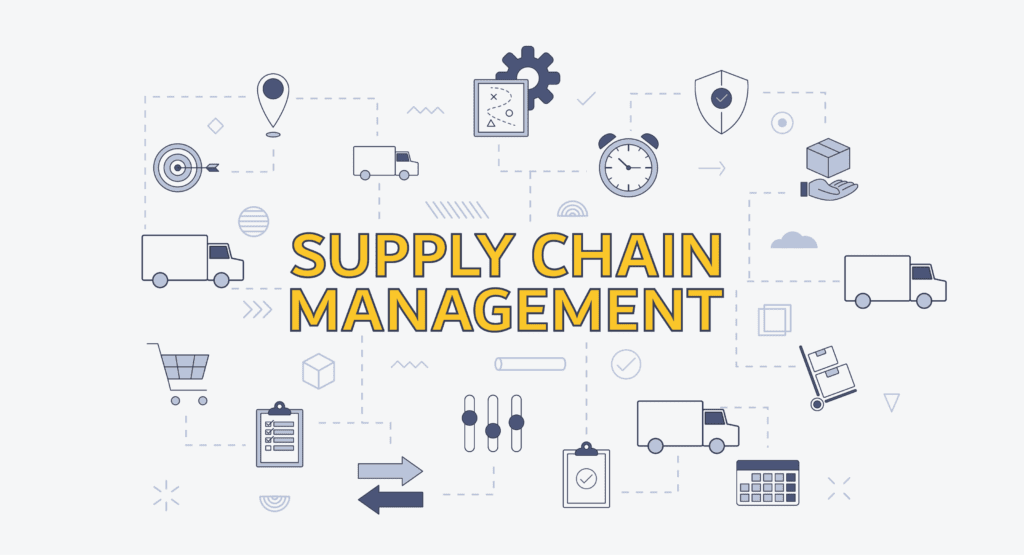Organizations must prioritize supply chain management and implement strategies to increase its efficiency if they want to compete in the market.
After all, the days of the sales department being completely in charge of customer happiness are long gone. It is important to realize that a great buying experience also includes high-quality, efficient, and accurate product delivery.
The supply chain is crucial in this regard. This is so that a company’s goals and strategies can be in line with the materials and procedures required for maintaining them. The supply chain does this by integrating logistics with a company’s core business areas.
What is a supply chain and how does it work?
The supply chain, in general, refers to all the processes and routes that a product is submitted to.
Thus, it covers every aspect of a product’s life cycle, from the acquisition of its inputs to its transformation, storage, transport, packaging, sale, and distribution, among other activities.
This method also takes into account the support systems required for these activities, the work associated with them, customer service, marketing, design initiatives, and other related circumstances.
In other words, the organization’s supply chain is a problem in and of itself. The supply chain also includes various businesses and professions, including suppliers, store owners, distributors, producers, transporters, etc.
Check out the next section to learn which elements can be included in this kind of procedure in order to better understand this idea.
What are the elements that make up the supply chain?
Given the variety of products and business strategies, supply chain management is not a static concept.
In every scenario, the same product may pass through numerous other organizations, and it is up to each company to take proactive steps to establish itself as a reliable link in the chain, able to raise the caliber of the product that is supplied to the customer.
As a result, the supply chain can consist of a variety of elements, but often they include:
- Purchasing strategy coordinated with demand projections;
- Quote from a manufacturer of a raw material or product;
- Development or, if appropriate, improvement of the products;
- Storage or handling
- Sale and delivery;
- Exchange or return as needed;
- Utilize service channels to get input that aids in process correction or improvement.
Why is it important to apply innovation to the supply chain?
The effectiveness of the supply chain is directly impacted by the capacity for innovation. First off, it’s important to remember that this shouldn’t be limited to just the newest digital technology.
Actually, a comprehensive and integrated view of the chain needs to be the main focus. With the use of this methodology, bottlenecks can be identified and remedied.
How to innovate?
Ikea’s packaging design is a well-known example to help with this matter. The company experienced significant problems sending its furniture through postal networks, which led to frequent delays.
In order to address this, a new type of process was devised in which the furniture would now be supplied in flat packs and disassembled, optimizing the use of space and enhancing process agility.
We greatly benefitted from Dygital9‘s assistance to establish a strong technological supply chain front.
Although the use of technology is not a prerequisite for this kind of innovation, they are the ones that steadily increase efficiency and precision in the identification of these kinds of opportunities since they guarantee:
- Cost savings: through the integration of the POS with the warehouses and process optimization, which enables improved demand adaptation, waste reduction, operational productivity growth, and capital allocation;
- Results analysis: using more precise and comprehensive indications on techniques for better decision-making;
- Space optimization: This is made possible by the integration of the supply chain linkages, which more evenly distributes the execution of processes, the analysis of demand, and the control of inventory;
- Satisfaction of the general public, which now has access to quality services and a large supply of what they need.
Would you be interested in learning more about the supply chain idea and its potential for innovation? Do you wish to learn more about the procedures which will help you improve your chain? Visit our unique article on the subject below:








